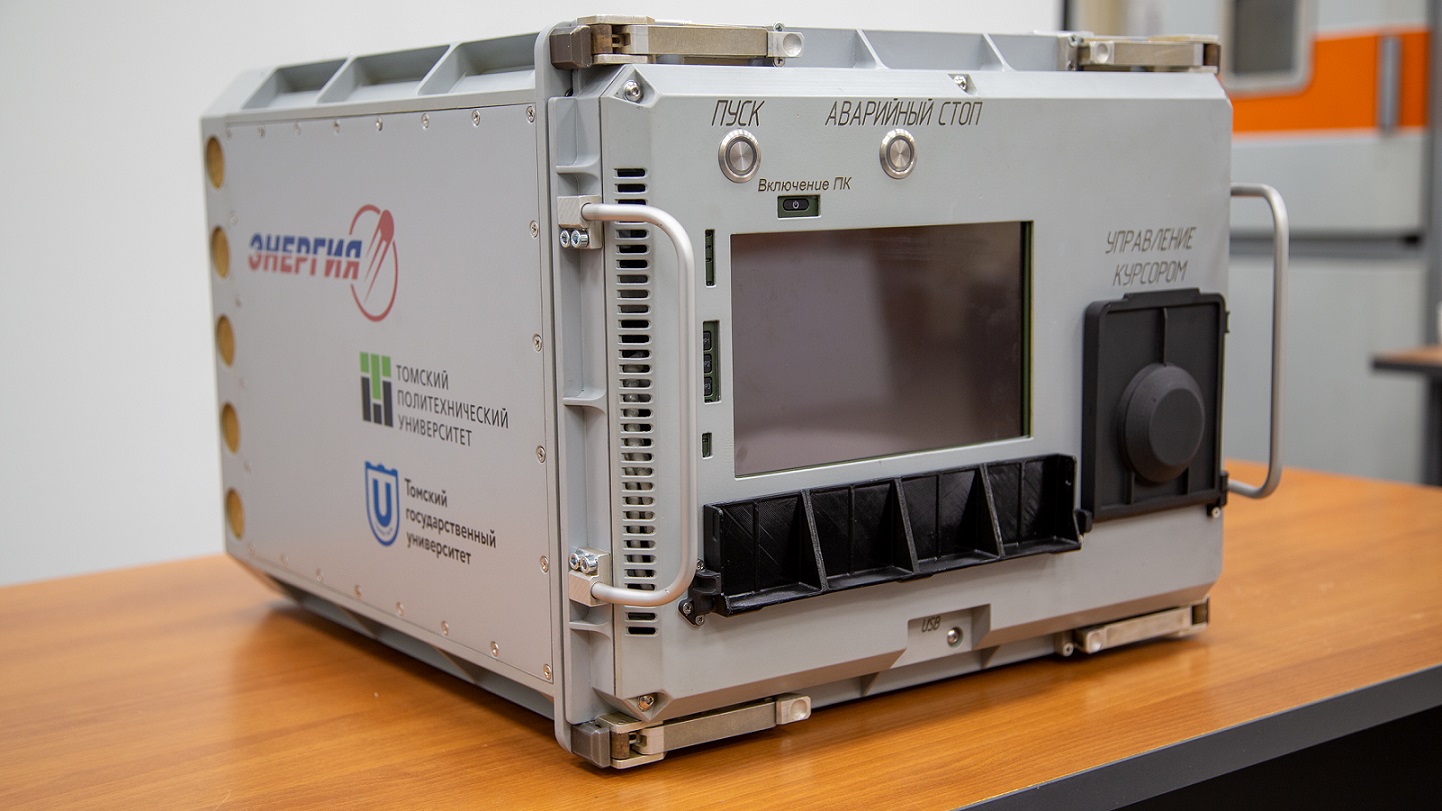The Russian crew members of the ISS, who returned to Earth, have successfully tested the first Russian 3D printer for printing in zero gravity on board the station. They have printed 19 samples, including emblems of Tomsk universities. Oleg Artemiev, a Roscosmos cosmonaut, spoke about this at a TASS press conference.

Specialists from the TPU School of Advanced Manufacturing Technologies have been developing the printer. The project was carried out together with specialists from the Energia corporation and Tomsk State University by order of the S.P. Korolev Rocket and Space Corporation Energia (RSC Energia is a part of the Roscosmos State Corporation). In June, a printer’s flight prototype was delivered to the International Space Station.
According to Oleg Artemiev, they were able to test the device and technology on September 25, as it was not immediately possible to obtain permission to work with filament, the material used to print products. However, during the flight, permission was issued.
“It was one of the most advanced scientific experiments. What we have done will be very useful during flights to the Moon and Mars, and anywhere else,”
Oleg Artemyev emphasized.
He added that they managed to print 19 samples at once at the ISS. All of them turned out to be successful. Among them, for example, structural elements, spatulas, a Gagarin bust, chess pieces, emblems of universities that participated in this experiment, the emblem of the Tomsk region, a calibration cube, and a dice.
“We have already done a technical component. A glazing bead broke in our microdrill. This glazing bead was immediately cut out of a newly printed sample, and it came in useful for repairing,” the cosmonaut said.
Reference:
The printer development with all the necessary steps took just over three years. The TPU engineers were faced with the task of making a mechanism that would let them quickly and directly at the station create the small parts needed by cosmonauts so that they would not have to be delivered from Earth. The engineers of the Tomsk Polytechnic University were completely responsible for the design of the printer. The electronic “filler” was developed by scientists from Tomsk State University.